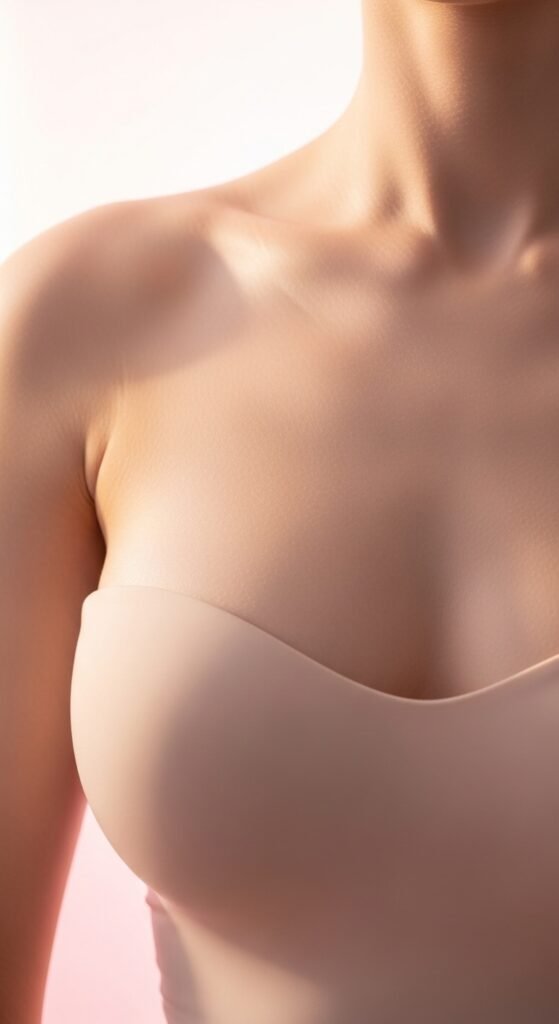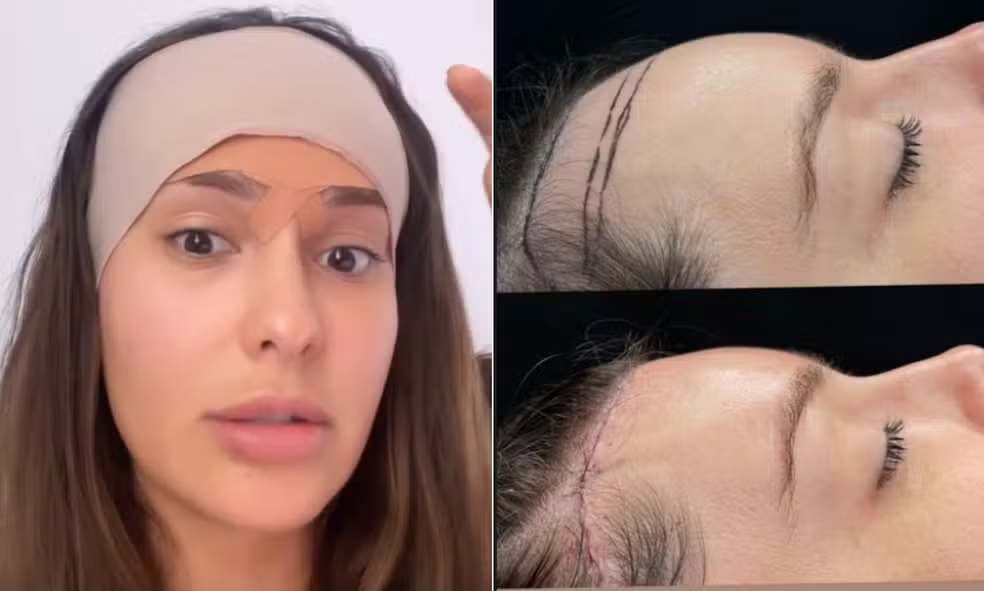The Myth of Complete Hyaluronic Acid Dissolution: What You Need to Know
A common sentence we often hear at the clinic is: “Doctor, I had hyaluronic acid fillers four years ago, so there’s nothing left.” This statement, frequently made with confidence, reflects a widespread myth about facial fillers: the belief that hyaluronic acid completely disappears after a short period.
How Long Does Hyaluronic Acid Really Last?
Hyaluronic acid is one of the most widely used dermal fillers due to its ability to restore volume, smooth wrinkles, and enhance facial harmony. Being a resorbable material, many patients assume it completely disappears within 12 to 18 months.
While it is true that most of the product is absorbed by the body within this period, this does not mean it vanishes entirely. Some residual traces often remain, even years later, and these can be clearly detected using specialized imaging techniques such as facial ultrasound.
The Role of Ultrasound in Facial Assessment
Ultrasound is an essential tool for evaluating patients who have previously received fillers. It allows clinicians to accurately detect any remaining hyaluronic acid, even if it is not visible or palpable.
Even for treatments performed four, five, or eight years ago, it is common to find small “pockets” or tiny nodules of filler in the treated areas. These remnants are usually imperceptible to the naked eye but are clearly visible on ultrasound imaging.
Why Doesn’t Hyaluronic Acid Completely Disappear?
Hyaluronic acid is naturally broken down by the body, but the process is not uniform and depends on several factors:
- Treated area: regions with lower metabolism or less movement may retain filler longer.
- Volume injected: larger amounts take more time to be absorbed.
- Filler type: denser or longer-lasting formulations may persist for years.
- Individual metabolism: genetic factors and age can influence how quickly hyaluronic acid is degraded.
Because of these variables, even years after the procedure, small residual amounts of the filler can remain and be detected using ultrasound.
Impact on Planning New Procedures
Understanding that hyaluronic acid does not disappear completely is crucial, especially when planning new aesthetic or surgical procedures.
- Reapplications or touch-ups: knowing if remnants remain helps adjust the amount of filler used, avoiding overcorrection or asymmetry.
- Facial surgeries: procedures like facelifts or eyelid surgery (blepharoplasty) can be affected by residual filler, which may interfere with tissue assessment and surgical precision.
- Combined treatments: when using complementary techniques such as fat grafting or bio-stimulators, knowing the distribution of previous filler is essential.
The Big Myth of Complete Dissolution
Many people believe that hyaluronic acid disappears completely within one or two years. However, this is a misconception. Although the majority of the product is absorbed, ultrasound often reveals that some residual filler remains.
Patients who had fillers 8 or 9 years ago are often surprised to find small pockets or nodules during evaluation. Recognizing this fact helps prevent unexpected outcomes and ensures that future treatments are safe, precise, and effective.
Conclusion
Hyaluronic acid is safe, effective, and extremely popular in aesthetic medicine, but it’s important to understand its limitations. The idea that it completely disappears is a myth; even years after treatment, some residual product usually remains.
For patients considering new procedures or facial surgeries, ultrasound evaluation is crucial. This allows the clinician to visualize any remaining filler and plan the treatment approach accordingly, ensuring predictable and natural results.
Therefore, if you had a filler treatment years ago, do not assume automatically that nothing remains in your face. A thorough assessment ensures safety, enhances results, and helps both patients and clinicians achieve the most harmonious and reliable aesthetic outcomes.






